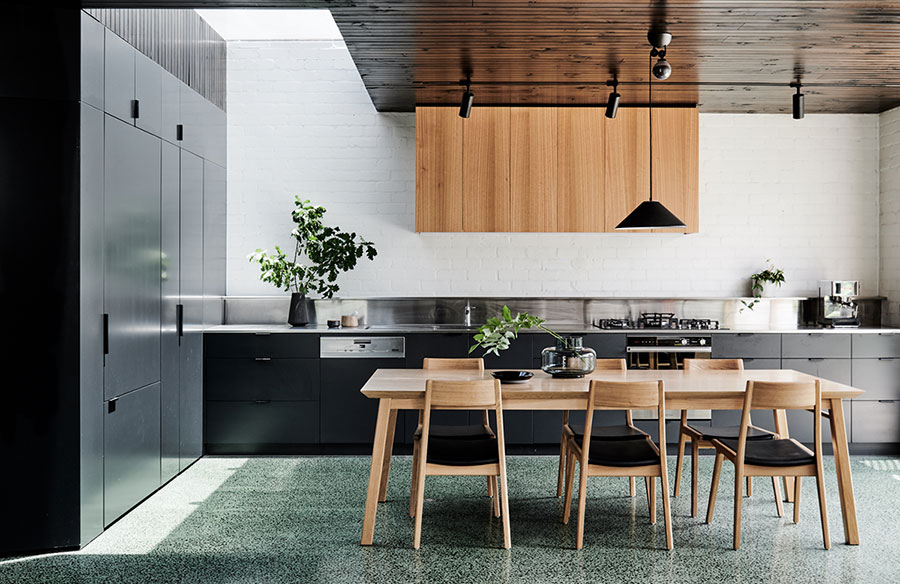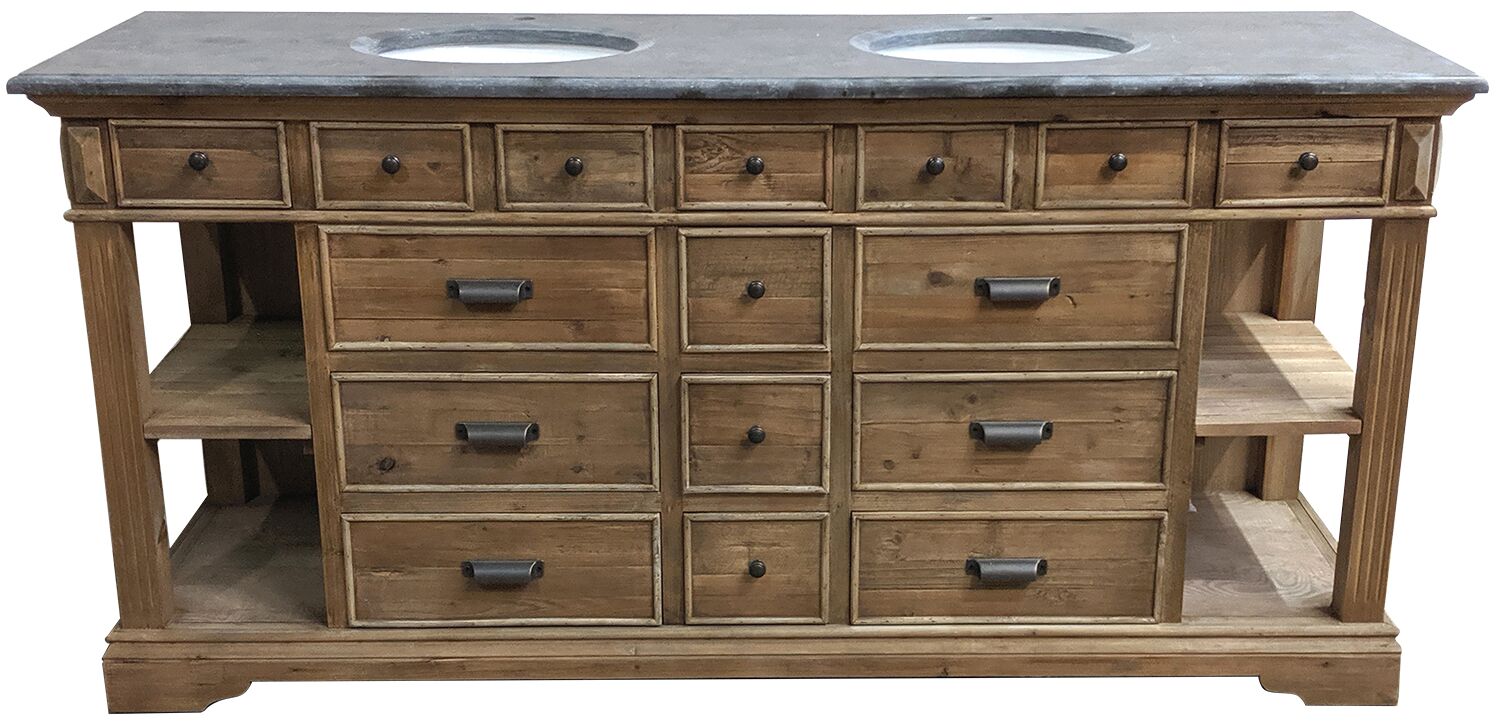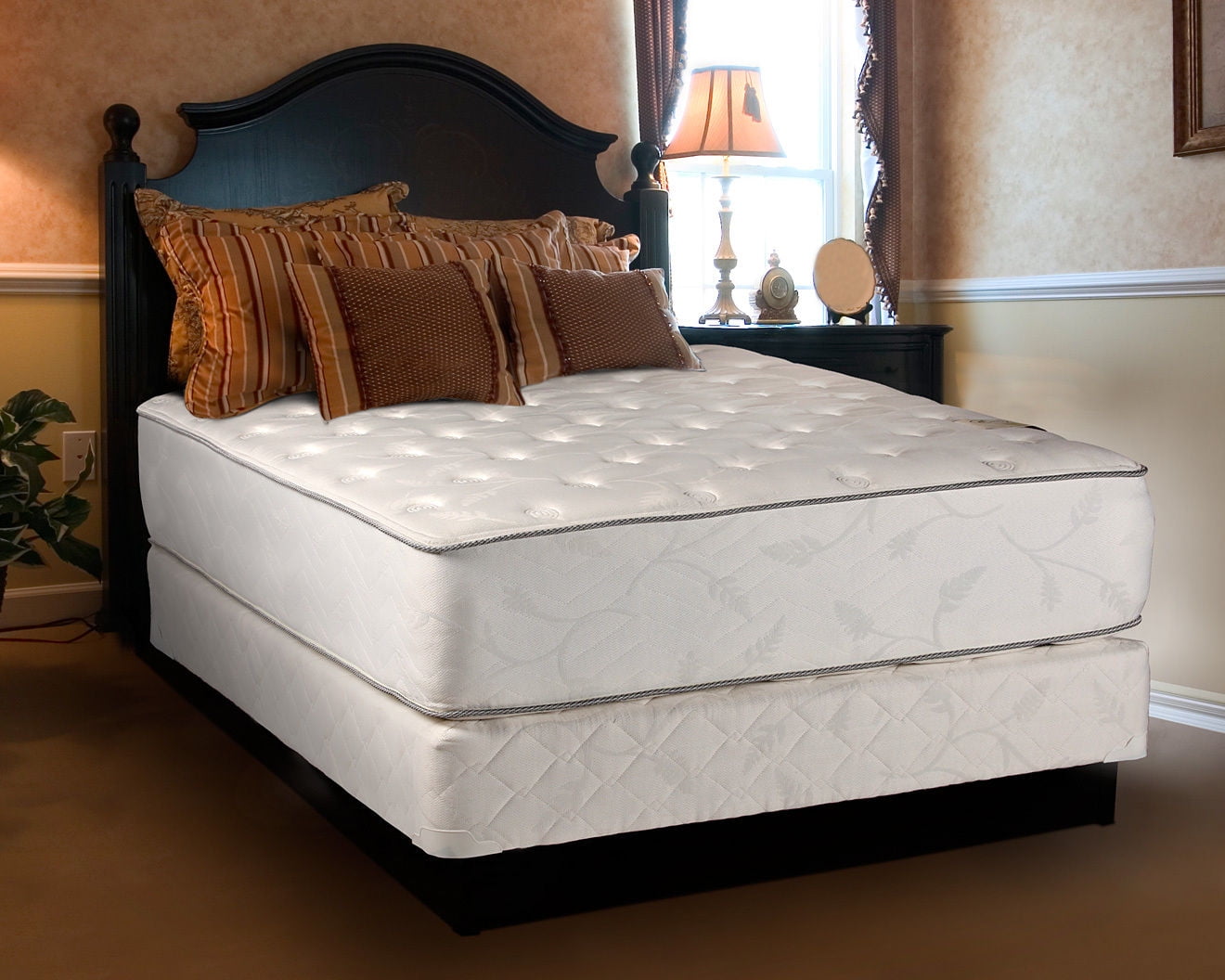When it comes to Japanese style kitchen design, less is definitely more. The minimalist approach to design is a key element in creating a Japanese-inspired kitchen. This style focuses on simplicity, clean lines, and a clutter-free space. The goal is to create a tranquil and peaceful environment, which is essential in Japanese culture. The key to achieving a minimalist Japanese kitchen design is to keep the color palette neutral and use natural materials. Wood is a popular choice for cabinetry and flooring, while stone is often used for countertops. The use of bamboo is also common in Japanese design, adding a touch of nature to the space.Minimalist Japanese Kitchen Design
For those who want a more authentic Japanese kitchen, a traditional design may be the way to go. This style is heavily influenced by the Japanese tea ceremony and focuses on creating a harmonious and balanced space. Traditional Japanese kitchens often have a low table and floor cushions for dining, as well as tatami mats for flooring. The color palette for a traditional Japanese kitchen is typically earthy tones such as brown, beige, and green. Natural materials like wood and stone are also commonly used. Another key element in traditional Japanese kitchens is the shoji screens, which are used as room dividers and allow natural light to filter through.Traditional Japanese Kitchen Design
If you want a Japanese-style kitchen but prefer a more contemporary look, then a modern design may be the perfect fit. This style combines traditional Japanese elements with modern touches to create a sleek and sophisticated space. The focus is on functionality and simplicity, while still incorporating elements of nature. In a modern Japanese kitchen, you will see a lot of clean lines, minimalist decor, and neutral colors with pops of natural elements. Glass and metal are also commonly used materials, adding a touch of modernity to the space.Modern Japanese Kitchen Design
Cabinets are an essential element in any kitchen design, and in Japanese style kitchens, they play a significant role. The most common type of cabinet used in Japanese design is shoji cabinets. These cabinets have sliding doors made of rice paper or wood, which allow for easy access and add a touch of traditional Japanese style to the space. Another popular option is open shelving, which not only adds a minimalist touch but also allows for easy organization and storage. For a more modern look, flat-panel cabinets in a natural wood finish are a common choice.Japanese Style Kitchen Cabinets
If you want to incorporate Japanese elements into your kitchen design without committing to a full Japanese style, then a Japanese-inspired design may be the way to go. This style takes inspiration from traditional Japanese design but adds a modern twist. In a Japanese-inspired kitchen, you may see elements such as Japanese artwork, bamboo or paper lanterns, and minimalist decor. The color palette is usually neutral, with pops of color inspired by nature.Japanese Inspired Kitchen Design
There are endless possibilities when it comes to Japanese kitchen interior ideas. From traditional to modern, minimalist to inspired, there is a design to suit every taste. One idea to consider is incorporating a zen garden into your kitchen design. This can be achieved by adding a small indoor rock garden or bonsai tree to the space. Another idea is to incorporate natural light into the design by adding skylights or large windows. This not only adds to the overall aesthetic but also brings in the calming and peaceful energy of nature.Japanese Kitchen Interior Ideas
The key to Japanese kitchen decor is simplicity and functionality. In addition to the elements mentioned above, other decor ideas include using traditional Japanese pottery for serving and display, adding indoor plants for a touch of nature, and incorporating soft lighting to create a warm and inviting atmosphere. Another element of Japanese decor is the concept of wabi-sabi, which embraces imperfection and embraces natural materials. This can be seen in the use of unfinished wood or rough stone in the design.Japanese Kitchen Decor
Lighting is a crucial element in any kitchen design, and in a Japanese style kitchen, it can make all the difference. The goal is to create a warm and inviting atmosphere while still maintaining a minimalist aesthetic. Natural light is the best option, but for artificial lighting, soft and warm options are preferred. One idea is to use paper lanterns or pendant lights with warm-colored bulbs. Another option is to install recessed lighting along the perimeter of the ceiling to create a soft and subtle glow throughout the space.Japanese Kitchen Lighting
The flooring in a Japanese style kitchen should be simple and functional. As mentioned earlier, tatami mats are a traditional flooring option, but they may not be practical for everyone. A more modern take on this is to use hardwood or bamboo flooring with a natural finish. Another option is to use stone tiles, which not only add a natural element but are also easy to clean and maintain. Whichever flooring option you choose, the key is to keep it simple and in line with the overall design of the kitchen.Japanese Kitchen Flooring
The color scheme in a Japanese style kitchen should be neutral with pops of color inspired by nature. Shades of beige, brown, and green are commonly used, but you can also incorporate deep reds or blues for a bolder touch. The key is to keep the colors subtle and cohesive, creating a sense of balance and harmony in the space. Avoid using too many bright or bold colors, as this can disrupt the overall tranquil atmosphere of a Japanese kitchen. In conclusion, a Japanese style kitchen is all about simplicity, functionality, and harmony. Whether you prefer a traditional, modern, or inspired design, incorporating these key elements will help you achieve the perfect Japanese kitchen interior.Japanese Kitchen Color Scheme
Why Choose Japanese Style for Your Kitchen Interior Design?

Incorporating Simplicity and Functionality
 When it comes to designing a kitchen, many homeowners prioritize functionality and practicality over style. But with Japanese style kitchen interior design, you can have both. This design philosophy focuses on simplicity and minimalism, while also ensuring that every element in the kitchen serves a purpose. From the layout to the storage solutions, Japanese kitchens are designed to be efficient and functional, making it easier for you to navigate and use the space.
When it comes to designing a kitchen, many homeowners prioritize functionality and practicality over style. But with Japanese style kitchen interior design, you can have both. This design philosophy focuses on simplicity and minimalism, while also ensuring that every element in the kitchen serves a purpose. From the layout to the storage solutions, Japanese kitchens are designed to be efficient and functional, making it easier for you to navigate and use the space.
Embracing Natural Materials and Elements
 Another key aspect of Japanese style kitchen interior design is the use of natural materials and elements. From bamboo and wood to stone and paper, these materials are carefully selected and incorporated to create a sense of harmony and tranquility in the space. Not only do they add a touch of nature to the kitchen, but they also bring a sense of warmth and coziness.
Another key aspect of Japanese style kitchen interior design is the use of natural materials and elements. From bamboo and wood to stone and paper, these materials are carefully selected and incorporated to create a sense of harmony and tranquility in the space. Not only do they add a touch of nature to the kitchen, but they also bring a sense of warmth and coziness.
Creating a Zen-like Atmosphere
 In Japanese culture, the kitchen is considered the heart of the home, where meals are prepared and families come together to dine. As such, it is important for this space to have a calm and peaceful atmosphere. Japanese style kitchen interior design achieves this through the use of muted colors, natural lighting, and clean lines. By decluttering and simplifying the space, the kitchen becomes a serene and inviting place to cook and spend time in.
In Japanese culture, the kitchen is considered the heart of the home, where meals are prepared and families come together to dine. As such, it is important for this space to have a calm and peaceful atmosphere. Japanese style kitchen interior design achieves this through the use of muted colors, natural lighting, and clean lines. By decluttering and simplifying the space, the kitchen becomes a serene and inviting place to cook and spend time in.
Integrating Technology and Modern Amenities
 While Japanese style kitchen interior design may have a traditional and minimalist aesthetic, it does not mean sacrificing modern conveniences. In fact, many Japanese kitchens incorporate the latest technology and appliances, seamlessly blending them into the design. From smart refrigerators to induction cooktops, these modern amenities add convenience and efficiency to the kitchen, without disrupting the overall aesthetic.
While Japanese style kitchen interior design may have a traditional and minimalist aesthetic, it does not mean sacrificing modern conveniences. In fact, many Japanese kitchens incorporate the latest technology and appliances, seamlessly blending them into the design. From smart refrigerators to induction cooktops, these modern amenities add convenience and efficiency to the kitchen, without disrupting the overall aesthetic.
Conclusion
 Incorporating Japanese style into your kitchen interior design can bring a sense of balance, functionality, and warmth to your home. From its focus on simplicity and natural materials to its ability to seamlessly integrate modern technology, this design philosophy offers the best of both worlds. So if you want a kitchen that is not only beautiful but also practical and peaceful, consider Japanese style for your next home renovation project.
Incorporating Japanese style into your kitchen interior design can bring a sense of balance, functionality, and warmth to your home. From its focus on simplicity and natural materials to its ability to seamlessly integrate modern technology, this design philosophy offers the best of both worlds. So if you want a kitchen that is not only beautiful but also practical and peaceful, consider Japanese style for your next home renovation project.

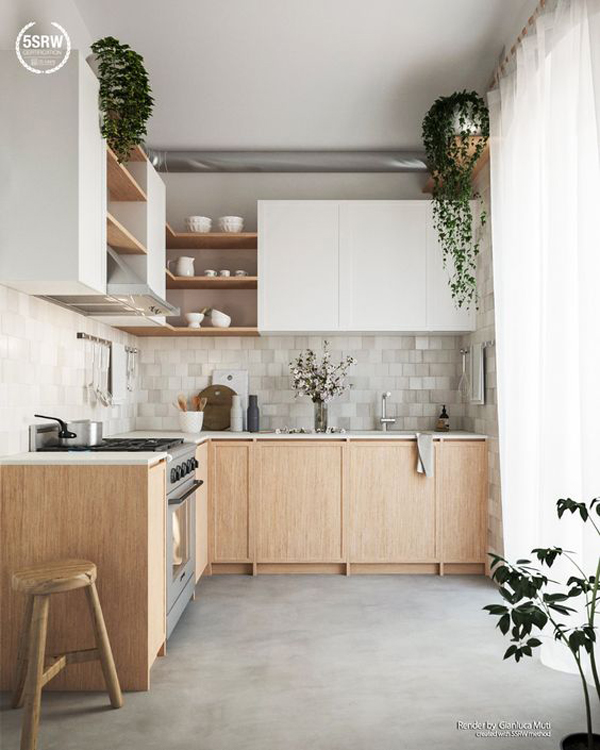

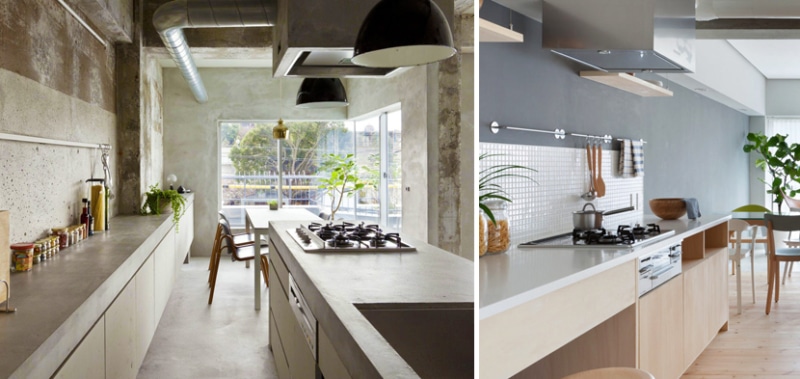





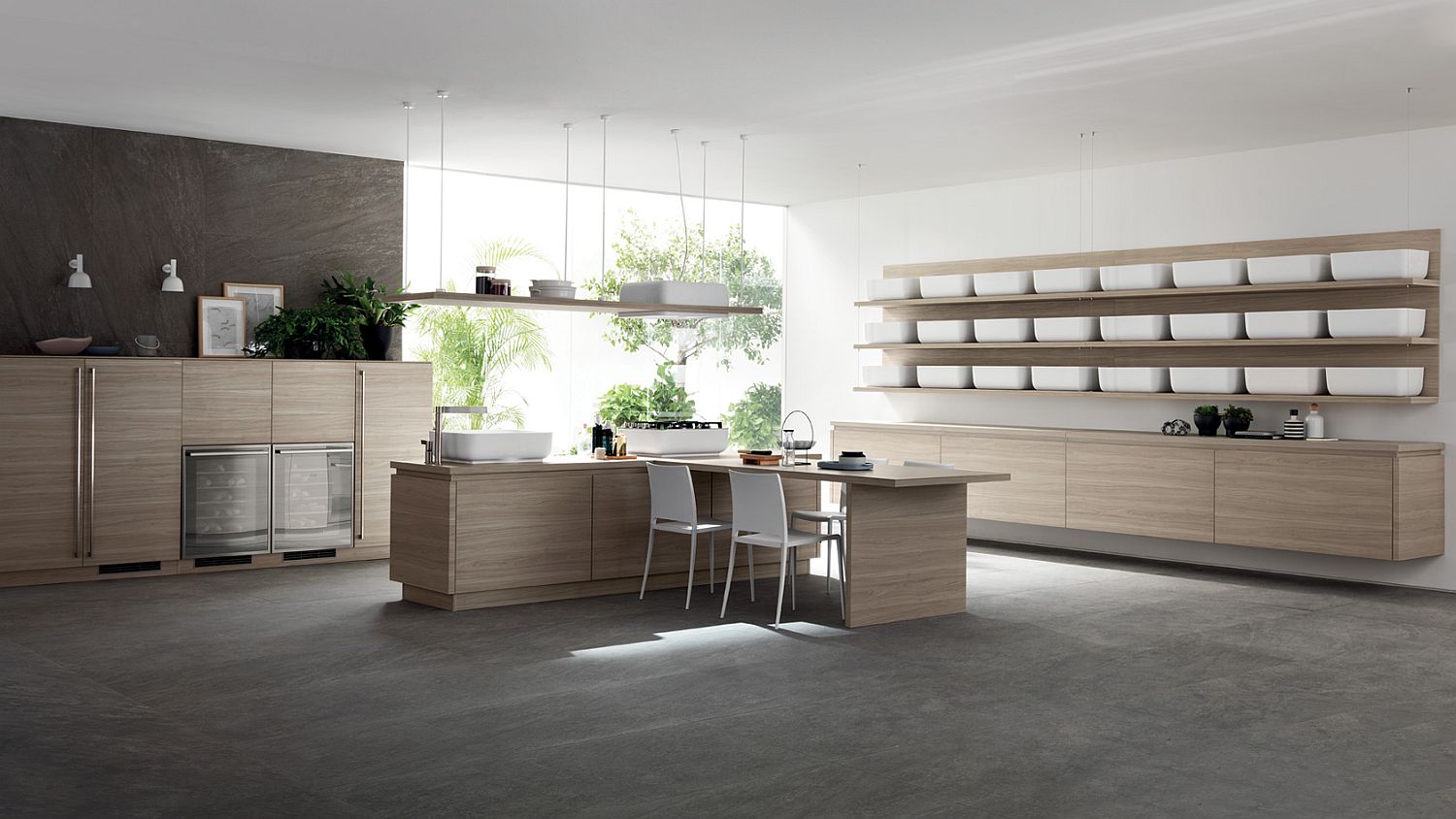







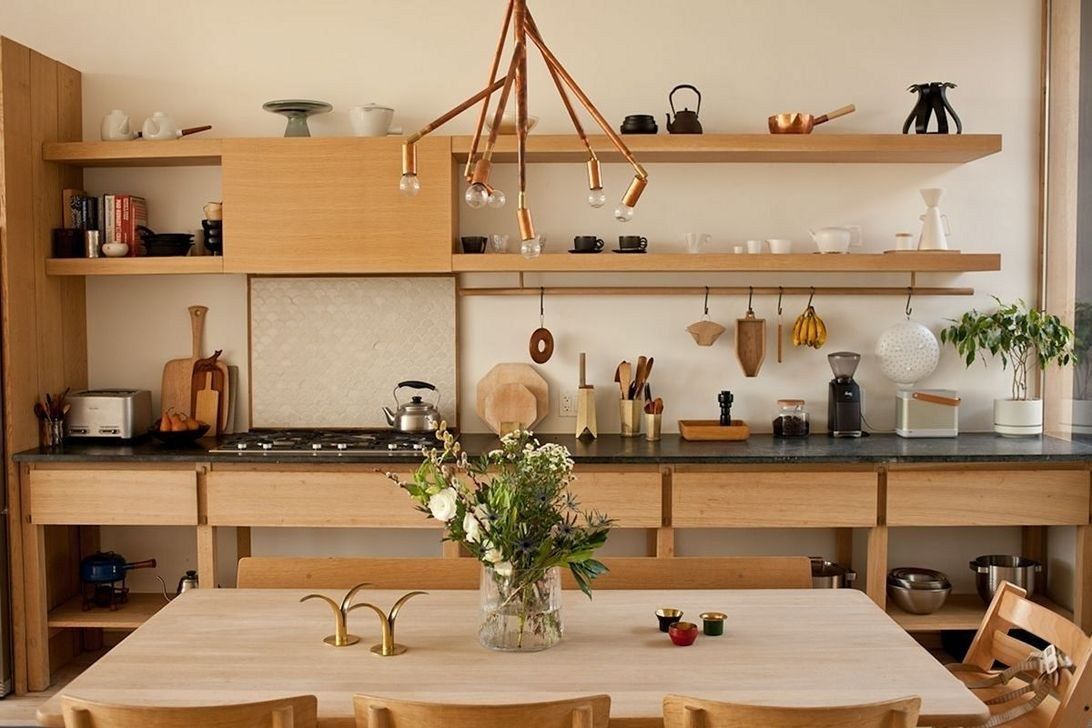



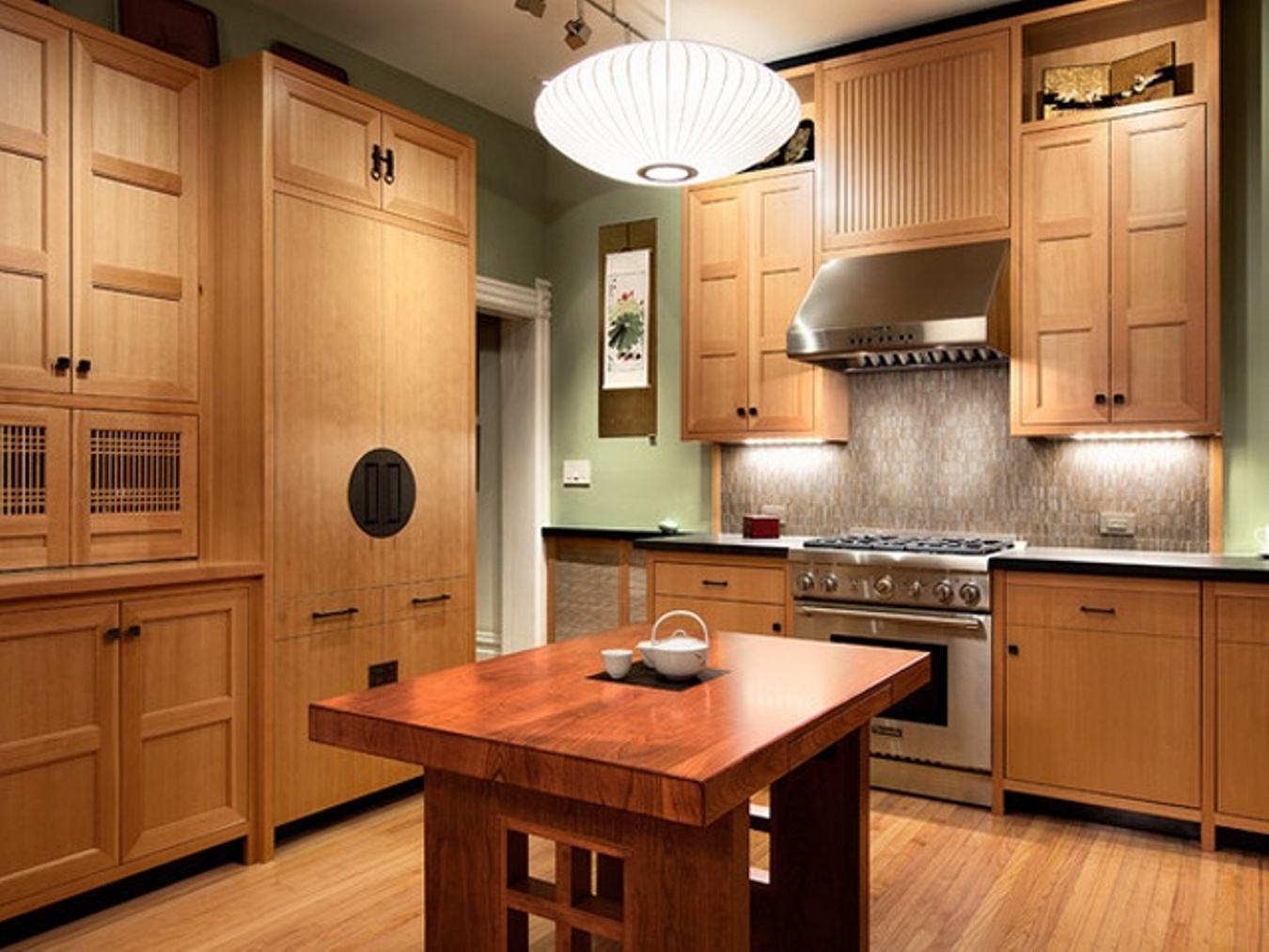













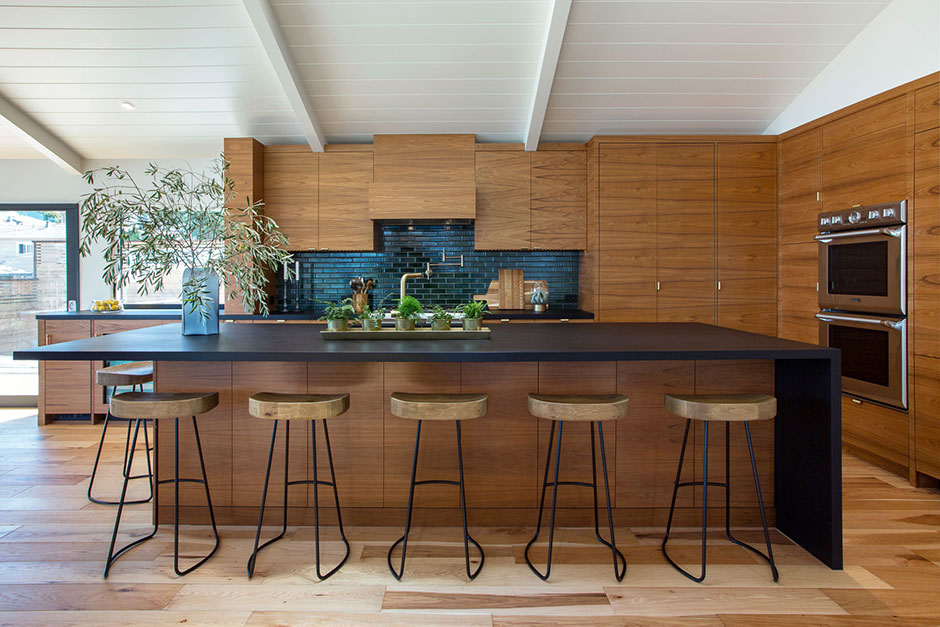





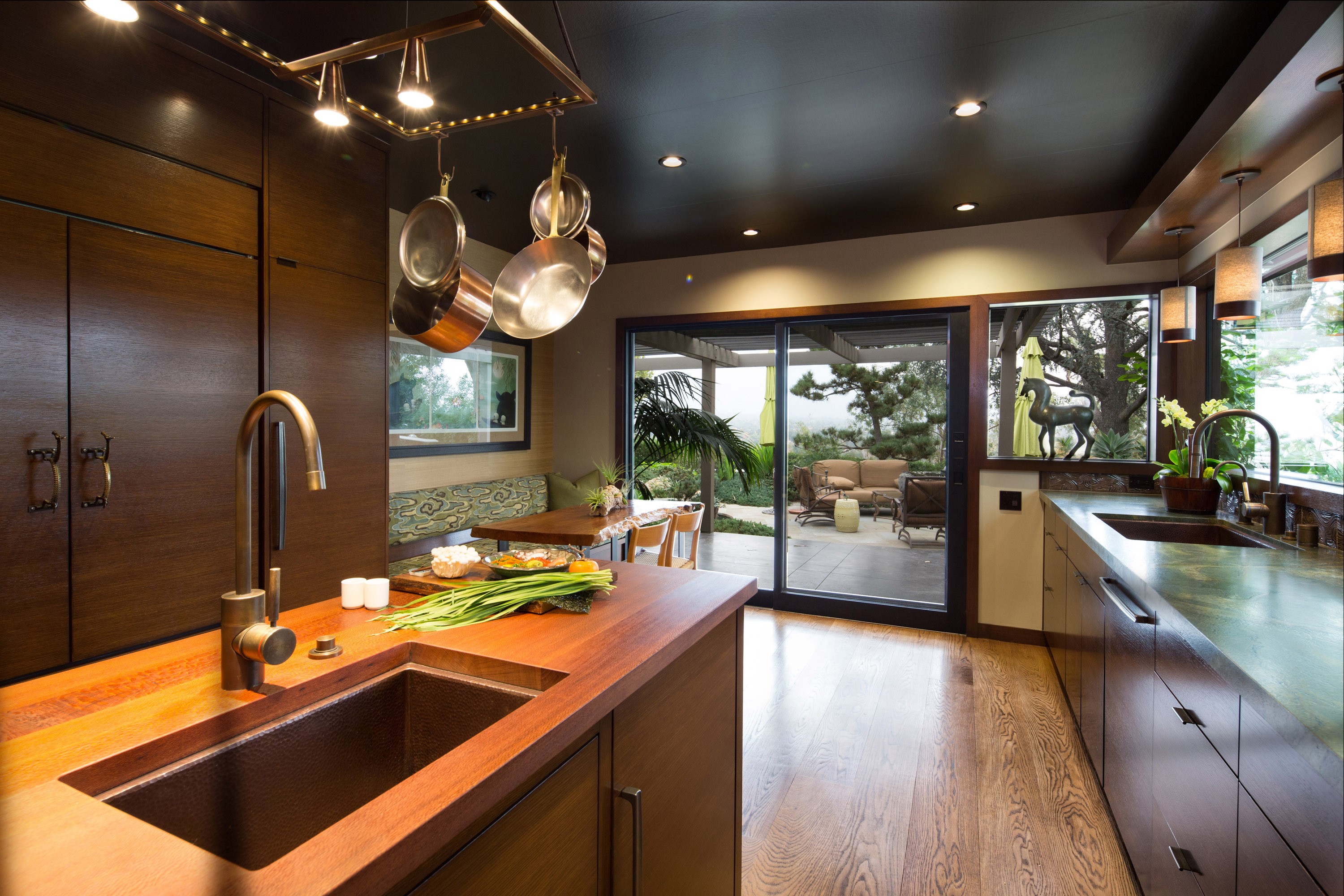

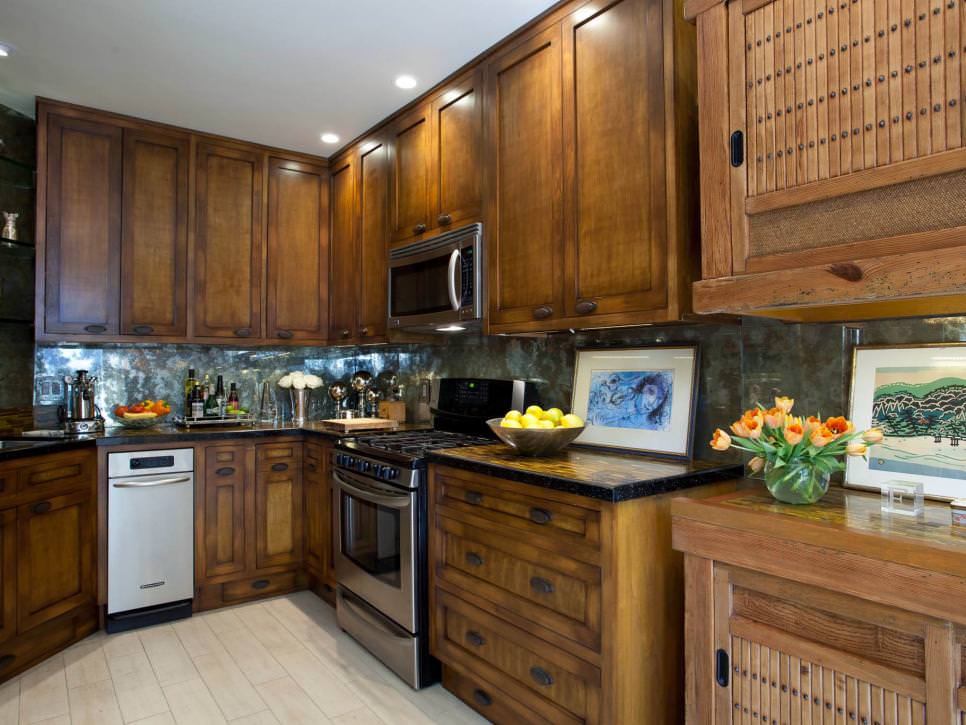



















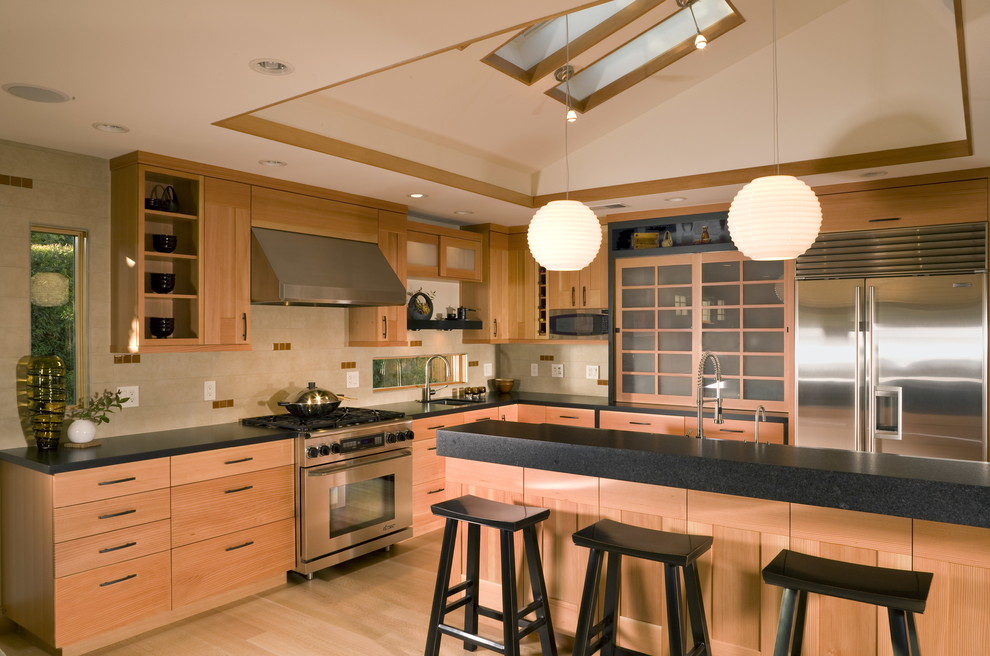












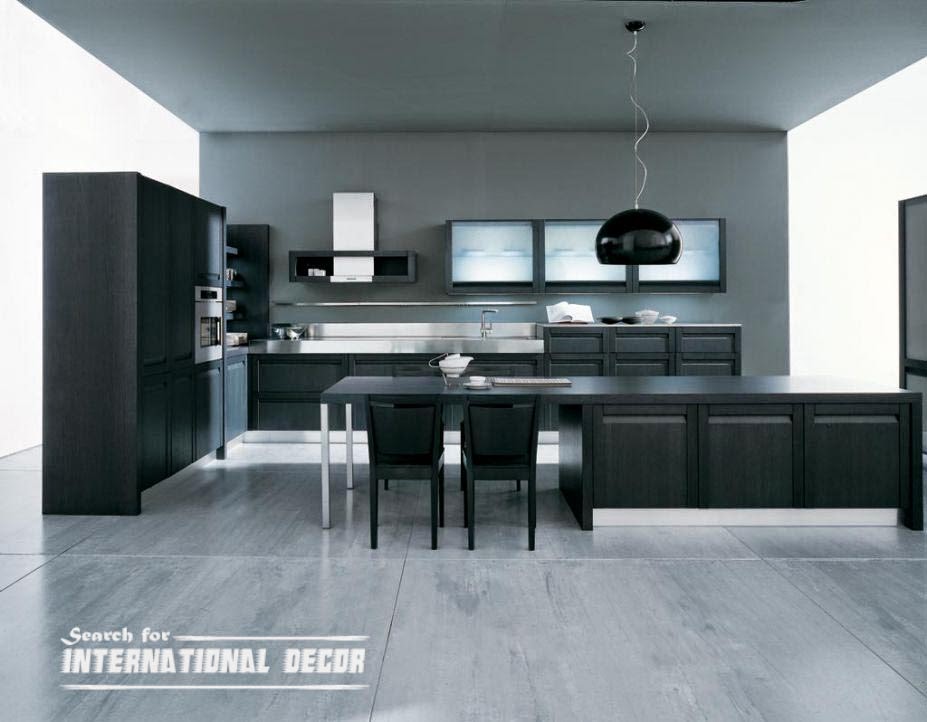


:max_bytes(150000):strip_icc()/Myth_Kitchen-56a192773df78cf7726c1a16.jpg)
